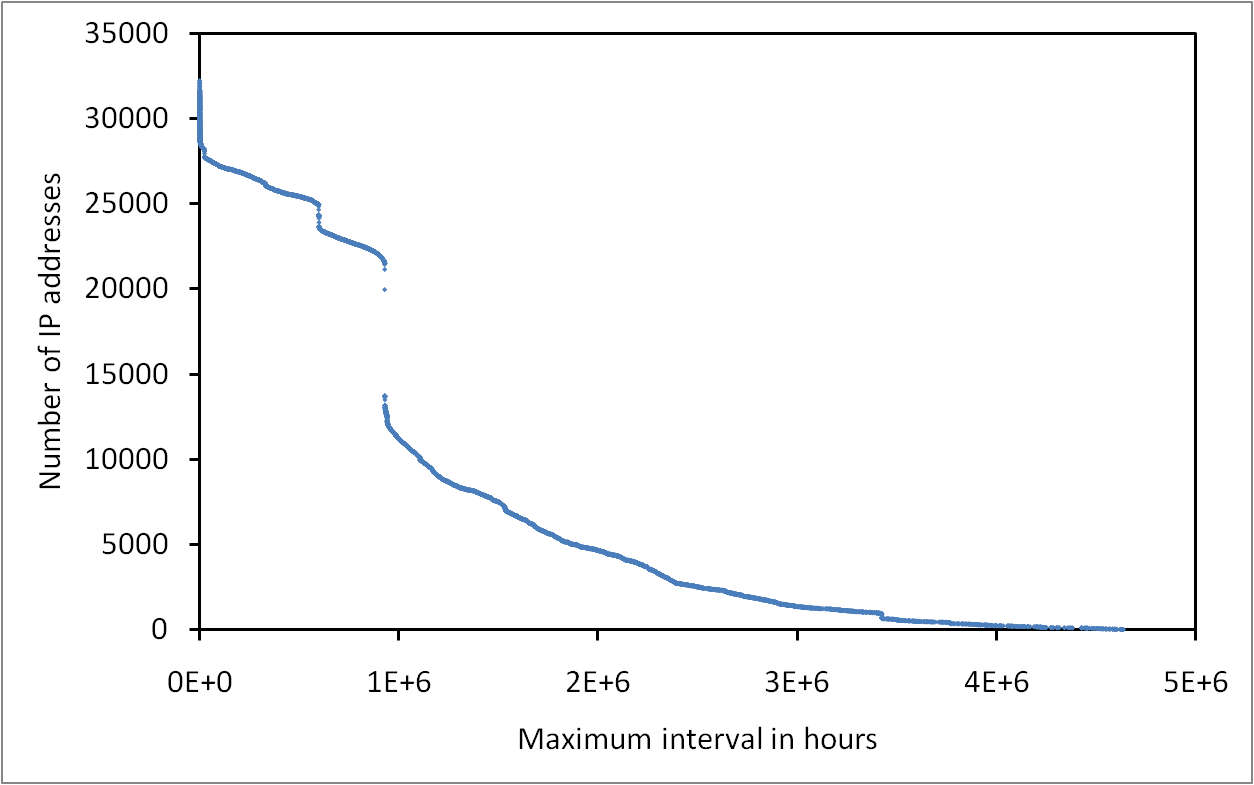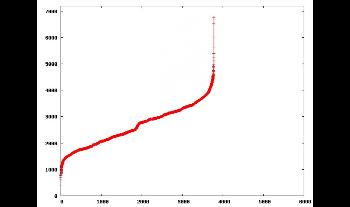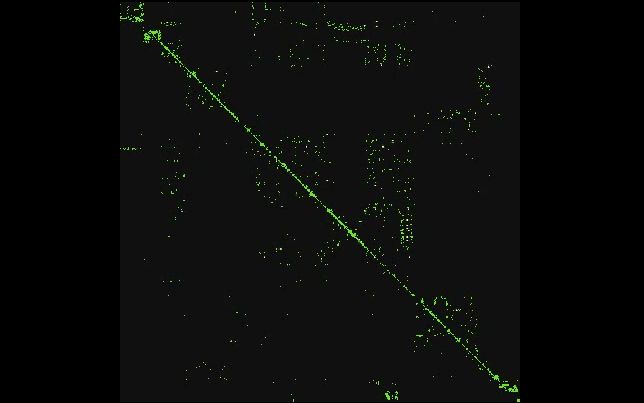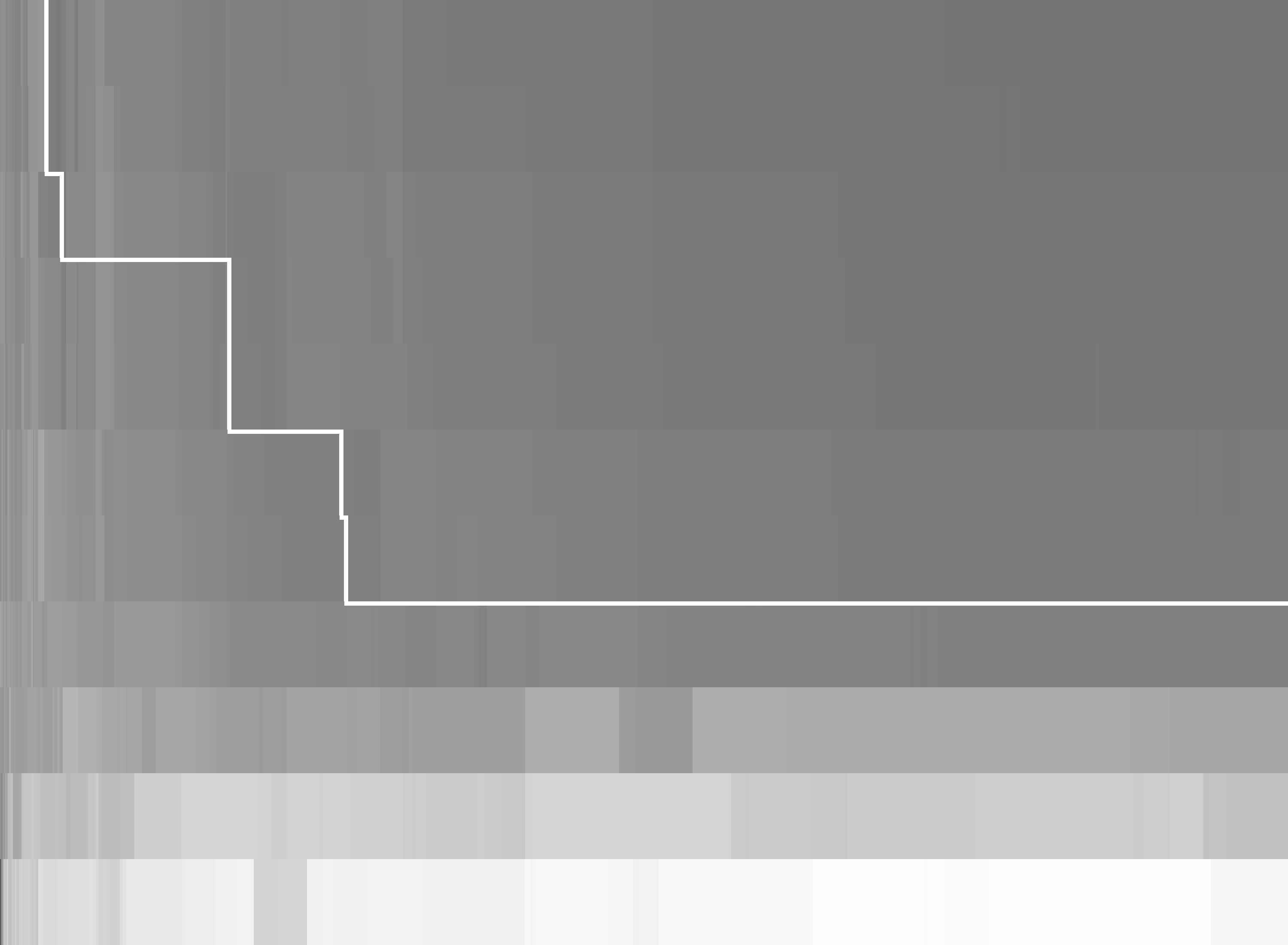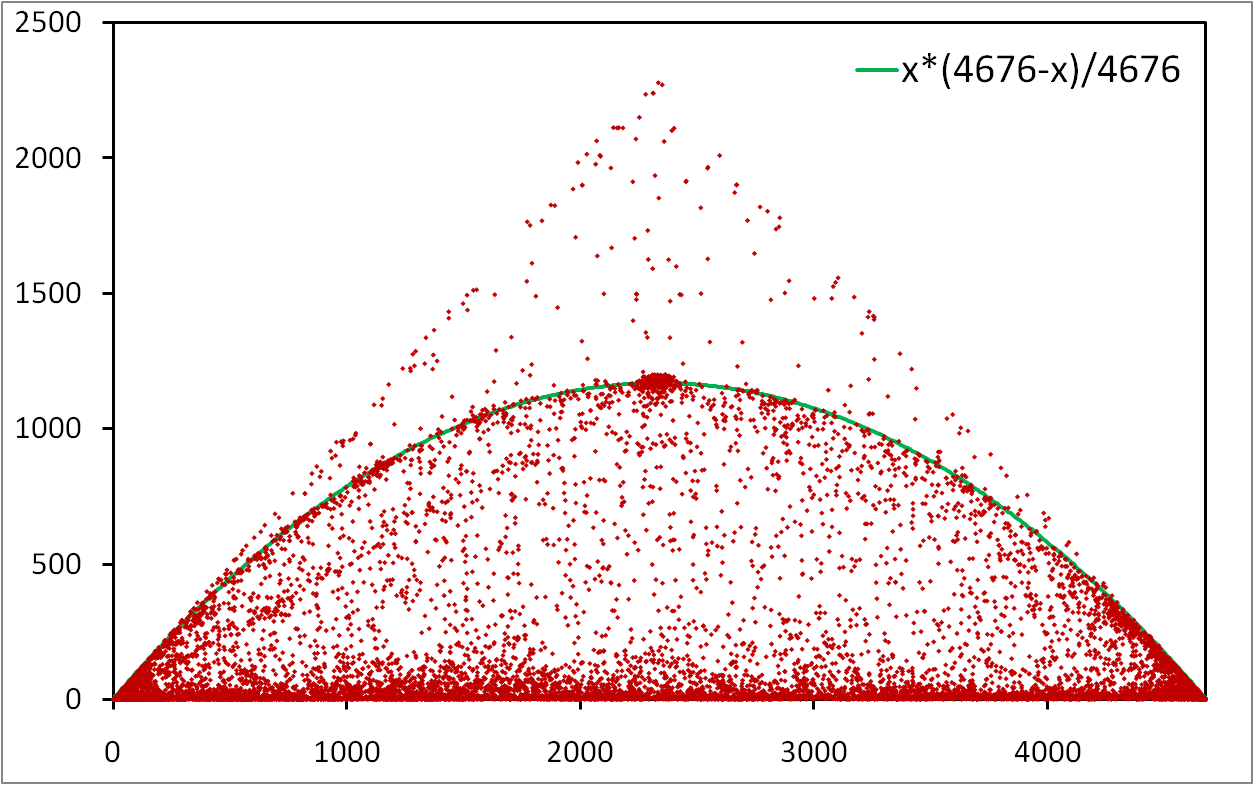Bénédicte Le Grand et Matthieu Latapy
Atelier EGC 2011 Visualisation et Extraction de Connaissances, Brest, France, Janvier 2011.
L’objectif des travaux présentés dans ce papier est de faciliter la détection visuelle d’événements dans des réseaux d’interaction dynamiques de grande taille. Deux méthodes de visualisation classiques et «exhaustives» ont été étudiées, qui repré-sentent l’évolution des liens du réseau au fil du temps. Les limites liées au facteur d’échelle nous ont conduits à proposer deux métaphores restreintes au suivi des noeuds du réseau. Les forces, les limites et la complémentarité de ces quatre métaphores nous ont permis de déga-ger une ébauche de méthodologie de détection d’événements dans la dynamique de grands réseaux d’interaction. Les visualisations et la méthodologie présentées dans cet article sont génériques et appli-cables à tout type de noeuds et de liens ; elles sont ici appliquées pour illustration à un sous-ensemble du réseau Internet.


